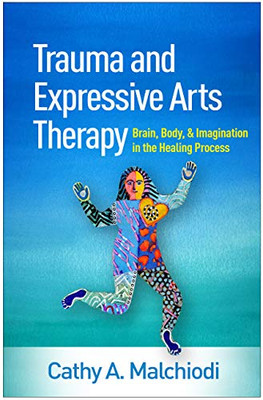Psychological trauma can be a life-changing experience that affects multiple facets of health and well-being. The nature of trauma is to impact the mind and body in unpredictable and multidimensional ways. It can be a highly subjective that is difficult or even impossible to explain with words. It also can impact the body in highly individualized ways and result in complex symptoms that affect memory, social engagement, and quality of life. While many people overcome trauma with resilience and without long term effects, many do not. Trauma's impact often requires approaches that address the sensory-based experiences many survivors report. The expressive arts therapy-the purposeful application of art, music, dance/movement, dramatic enactment, creative writing and imaginative play-are largely non-verbal ways of self-expression of feelings and perceptions. More importantly, they are action-oriented and tap implicit, embodied experiences of trauma that can defy expression through verbal therapy or logic. Based on current evidence-based and emerging brain-body practices, there are eight key reasons for including expressive arts in trauma intervention, covered in this book: (1) letting the senses tell the story; (2) self-soothing mind and body; (3) engaging the body; (4) enhancing nonverbal communication; (5) recovering self-efficacy; (6) rescripting the trauma story; (7) making meaning; and (8) restoring aliveness--
- | Author: Cathy A. Malchiodi
- | Publisher: The Guilford Press
- | Publication Date: March 27, 2020
- | Number of Pages: 406 pages
- | Language: English
- | Binding: Hardcover
- | ISBN-10: 1462543111
- | ISBN-13: 9781462543113






